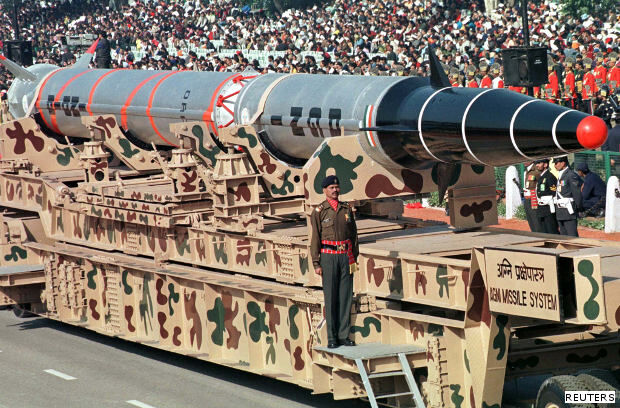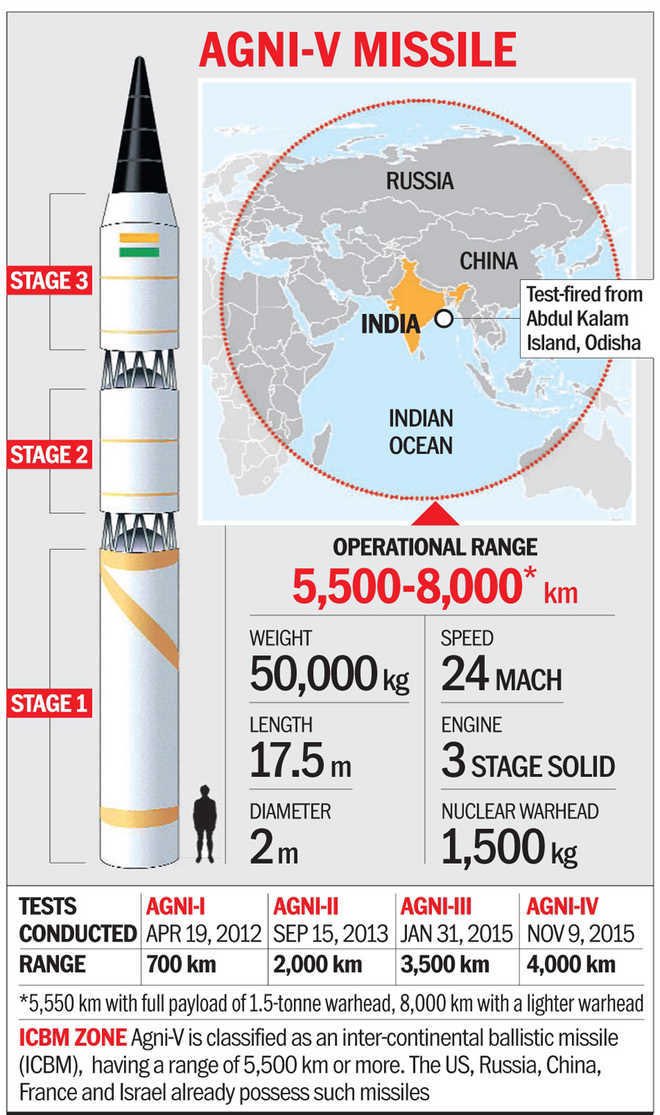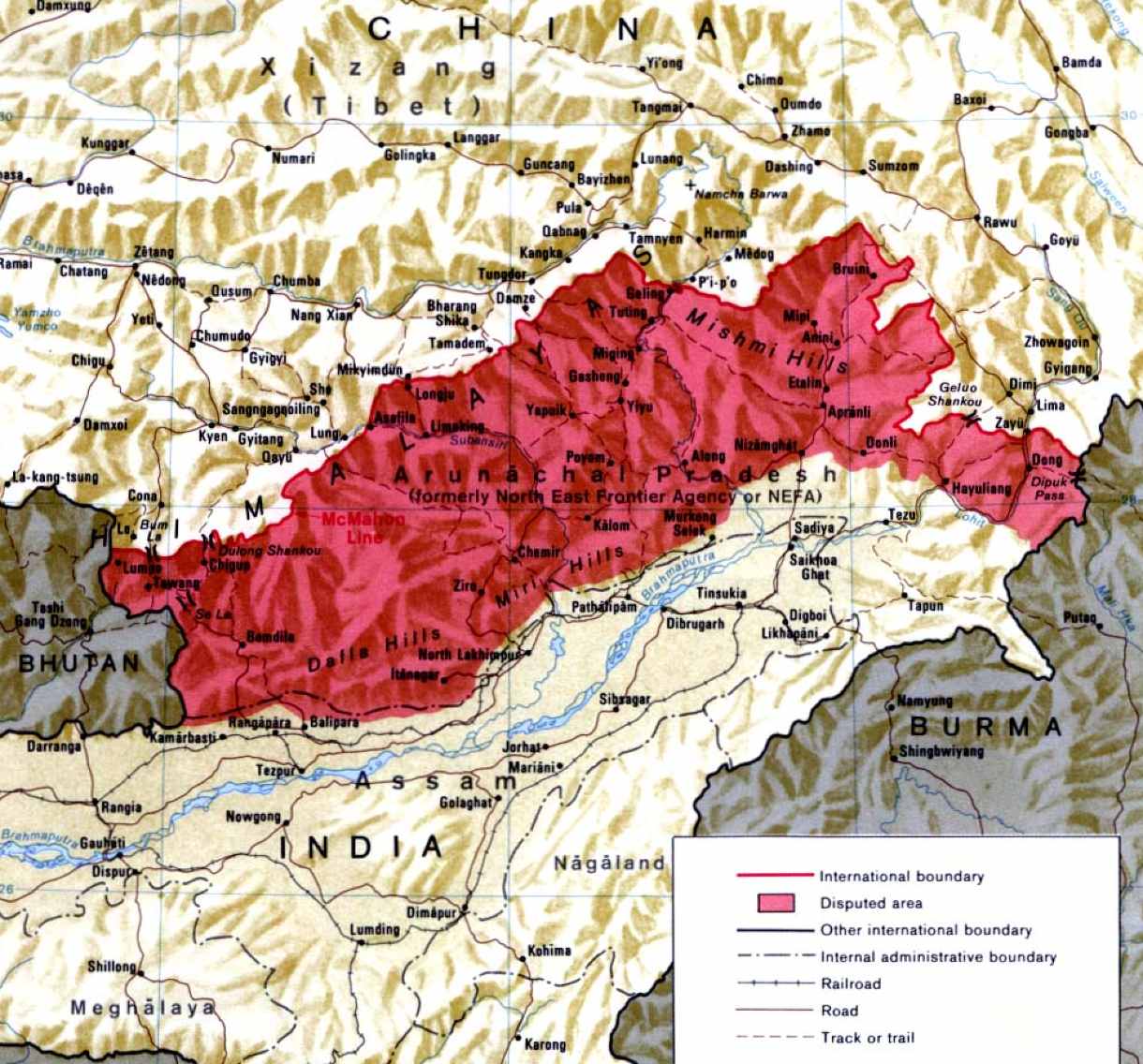India became a nuclear weapon power on May 11-13, 1998, when it carried out a series of nuclear detonations. The country has just celebrated its 25th anniversary of what was then called the “Shakti” tests.
MUST READ: India Deployed ‘Strategic Nukes’ To Deter China At LAC; Nuclear Command Given Citation For Exemplary Performance
But does India have a clear nuclear doctrine? Not really. Interestingly, in its manifesto for the 2014 general elections, the Bharatiya Janata Party (BJP) promised to review India’s nuclear policy. But despite being in power for nine years, the BJP government led by Narendra Modi has not undertaken any such steps.
I think it is a part of our strategic culture that we in India love to keep things and policies as ambiguous as possible, leaving them to many interpretations. Unlike the cases in many leading countries, our leaders hesitate to enunciate clear policies or doctrines.
What we have actually is a “draft nuclear doctrine,” released on August 17, 1999, by the then national security advisor Brajesh Mishra. Some clarifications on this draft were “shared with the public” on January 4, 2003, through a press release by the then Cabinet Committee on Security. I do not think any major power will ever deal with such a sensitive issue in such a cavalier manner.
Be that as it may, the BJP manifesto had said: “The strategic gains acquired by India during the Atal Bihari Vajpayee regime on the nuclear program have been frittered away by the Congress. Our emphasis was, and remains on, the beginning of a new thrust on framing policies that would serve India’s national interest in the 21st century.”
That, according to the manifesto, would mean “study in detail India’s nuclear doctrine, and revise and update it, to make it relevant to challenges of current times,” “maintain a credible minimum deterrent that is in tune with changing geostatic realities, and “invest in India’s indigenous Thorium Technology.”
However, nothing has happened so far with regard to the above promise by the BJP.
India’s draft doctrine at the moment has the following key features:
1. While committed to the goal of a nuclear-weapon-free world through global, verifiable, and non-discriminatory nuclear disarmament, India, till the realization of this goal, will possess nuclear weapons.
2. India will build and maintain a credible minimum deterrent.
3. India will not use nuclear weapons against non-nuclear weapon states.
4. India will not be the first to use nuclear weapons. But if it is attacked through nuclear weapons in its territory or on Indian forces anywhere, its nuclear retaliation to a first strike will be massive and designed to inflict unacceptable damage to the aggressor.
5. In the event of a major attack against India, or Indian forces anywhere, by biological or chemical weapons, India will also retain the option of retaliating with nuclear weapons.
6. India will continue strict controls on exporting nuclear and missile-related materials and technologies, participate in the Fissile Material Cutoff Treaty negotiations, and continue observing the moratorium on nuclear tests.
7. India’s nuclear Command Authority comprises a Political Council and an Executive Council. The Prime Minister chairs the Political Council. It is the sole body that can authorize the use of nuclear weapons. The National Security Advisor chairs the Executive Council. It provides inputs for decision-making by the Nuclear Command Authority and executes the directives given to it by the Political Council.
It may be noted here that in the clarifications given in 2003, two important changes were made to the draft doctrine of 1999. The draft doctrine had said: “Any nuclear attack on India and its forces shall result in punitive retaliation with nuclear weapons to inflict damage unacceptable to the aggressor.”

The 2003 clarifications said: “Nuclear retaliation to a first strike will be massive and designed to inflict unacceptable damage to the aggressor.” The emphasis here should be given to adding the word” massive.”
The second important change in the 2003 clarifications was that a new scenario was added under which India would retaliate with nuclear weapons. That was the attack through biological or chemical weapons on India or Indian forces anywhere.
What emerges from the above is that India’s nuclear weapons posture, after the country went officially nuclear in 1998, did undergo changes during the Vajpayee regime itself. After 11 years, if Vajpayee’s party is seeking a further review of it, then it is not surprising.
As the Institute of Peace and Conflict Studies (IPCS), a leading Indian think-tank, advocated in 2012, “A doctrine, any doctrine, incorporates a set of beliefs or principles held by a body of persons. A national nuclear doctrine represents, therefore, the collective set of beliefs or principles held by the nation in regard to the utility of its nuclear weapons. Beliefs and principles are not immutable.
“Nations and their leaderships change with the efflux of time. And circumstances require their national doctrines to be revisited, reviewed, and recast if deemed necessary. Change for the sake of change is not wise. But, stagnation of thought hardly serves the national interests.”
The IPCS presented “INDIA’S NUCLEAR DOCTRINE: An Alternative Blueprint.”
There are indeed some problematic areas in our so-called nuclear doctrine. Let me explain a few of them.
First, as Vipin Narang of the Massachusetts Institute of Technology has rightly argued, “India can’t achieve a ‘credible minimum deterrent’ toward both of its primary strategic adversaries, China and Pakistan. China’s own force structure and modernization effort, combined with the location of its primary strategic centers in the far east of the country — furthest from Indian territory — mean that India’s deterrence requirements against China far exceed what it would ‘minimally’ require toward Pakistan in terms of numbers, deployment modes, and reach. Therefore, what is credible toward China will likely not be minimum toward Pakistan; and what is minimum toward Pakistan cannot be credited toward China.
This theoretical paradox means that India’s security managers had to choose whom they envisioned their primary deterrent adversary to be and against whom they wanted to build and maintain a credible minimum deterrent.”
Against this backdrop, the IPCS blueprint talks of “minimal deterrent” rather than “minimum deterrent.” It says, “India shall maintain a credible ‘minimal’ deterrent, where credibility comprises three specific components—leadership credibility, force credibility, and technological credibility. ‘Minimal’ was seen as a word better suited than ‘minimum’ to qualify India’s deterrent, which is subject to numerical changes in response to its strategic environment.

In conceptual terms, ‘minimal’ provides greater flexibility than ‘minimum.’ On the other hand, ‘minimum’ deterrence seals the lower limit of the arsenal, indicating that any number below this limit could endanger deterrence. The term ‘minimal,’ therefore, better conveys the relationship between the credibility of the deterrent and its numerical flexibility. ‘Minimum’ is both an adjective and a noun. ‘Minimal,’ on the other hand, can only be used as an adjective, which emphasizes its dependent usage.”
Secondly, the “no first use” (NFU) policy concept needs a thorough debate. The United States or, for that matter, other Western nuclear powers such as Britain and France do not have the NFU policy. Russia, which initially had the NFU pledge, withdrew it long ago.
China, another country that professed NFU policy, is now silent. Its latest biannual defense white paper (2013) omitted for the first time a promise never to use its nuclear weapons first.
Even otherwise, China had asserted before that its NFU would not apply against countries possessing Chinese territory. That means China’s NFU does not apply to India as it claims over our lands in Kashmir and Arunachal Pradesh. That leaves Pakistan, our other major adversary. But Pakistan, too, does not believe in NF.
The concept of NFU has other problems as well. For one, imagine a conventional war between India and Pakistan (or, for that matter, China), and Indian forces target military establishments within the enemy territory.
They do not know which of these establishments are nuclear or non-nuclear. In the process of their operations, they hit an enemy target that turns out to be a nuclear one, and the consequent results are strategically horrible. Will it mean that India did not observe its NFU pledge?

For another, also imagine a situation when the Indian forces engaged in conventional wars simultaneously against China and Pakistan find it difficult to carry on. And here, as the situation challenges the very integrity of the country, should one not exercise the nuclear option? After all, we have already modified our nuclear posture in the event of chemical and biological attacks. Why should we tie our hands with the NFU when faced with multi-fronted attacks on our territories or forces?
Thirdly, a review is also expected of our “massive” nuclear retaliation when attacked by nuclear weapons, particularly when Pakistan is openly preparing to use what it says tactical nuclear weapons (TNW) against India’s superior conventional forces. Pakistan has tactical ballistic missiles with a range of 60 kilometers capable of carrying nuclear warheads.
These have been specifically built to target not only Indian cities but also Indian military formations on the battlefield. Suppose one of our Army’s tank columns is attacked by Pakistan’s TNW. Should India then go for a massive retaliation to destroy the whole of Karachi or Lahore? Will not that be highly disproportionate and unethical? If so, should India not go for a proportionate retaliation with its own TNW?
And if we really go with our TNWs, then there will be a new problem. By their very nature, the TNWs and their eventual uses are better determined on the spot, that is, on the battlefield, by the military commanders concerned. How, then, will that go with our strict provision that only the Prime Minister will decide when and where to use our nuclear weapons?
All these are very tricky but vital questions. But answers to them cannot wait anymore. The Indian government should not sit over them.
- Author and veteran journalist Prakash Nanda has been commenting on politics, foreign policy, on strategic affairs for nearly three decades. A former National Fellow of the Indian Council for Historical Research and recipient of the Seoul Peace Prize Scholarship, he is also a Distinguished Fellow at the Institute of Peace and Conflict Studies. VIEWS PERSONAL OF THE AUTHOR
- CONTACT: prakash.nanda (at) hotmail.com
- Follow EurAsian Times on Google News




